If you are a fan of dosas but keep avoiding them due to your celiac disease, I can feel your pain. While some people say it contains gluten, and some say it doesn’t, the question “is dosa batter gluten free” remains unanswered.
Dosa batter is gluten free in its traditional avatar. However, the filling and flavor-enhancing ingredients might contain gluten.
Read on to learn more about the ingredients, how dosa batter is prepared, and where gluten might sneak in.
By understanding what goes into dosa batter, you can make informed choices and enjoy delicious dosas while sticking to your gluten-free lifestyle.
Table of Contents
Does Dosa Batter Contain Gluten?
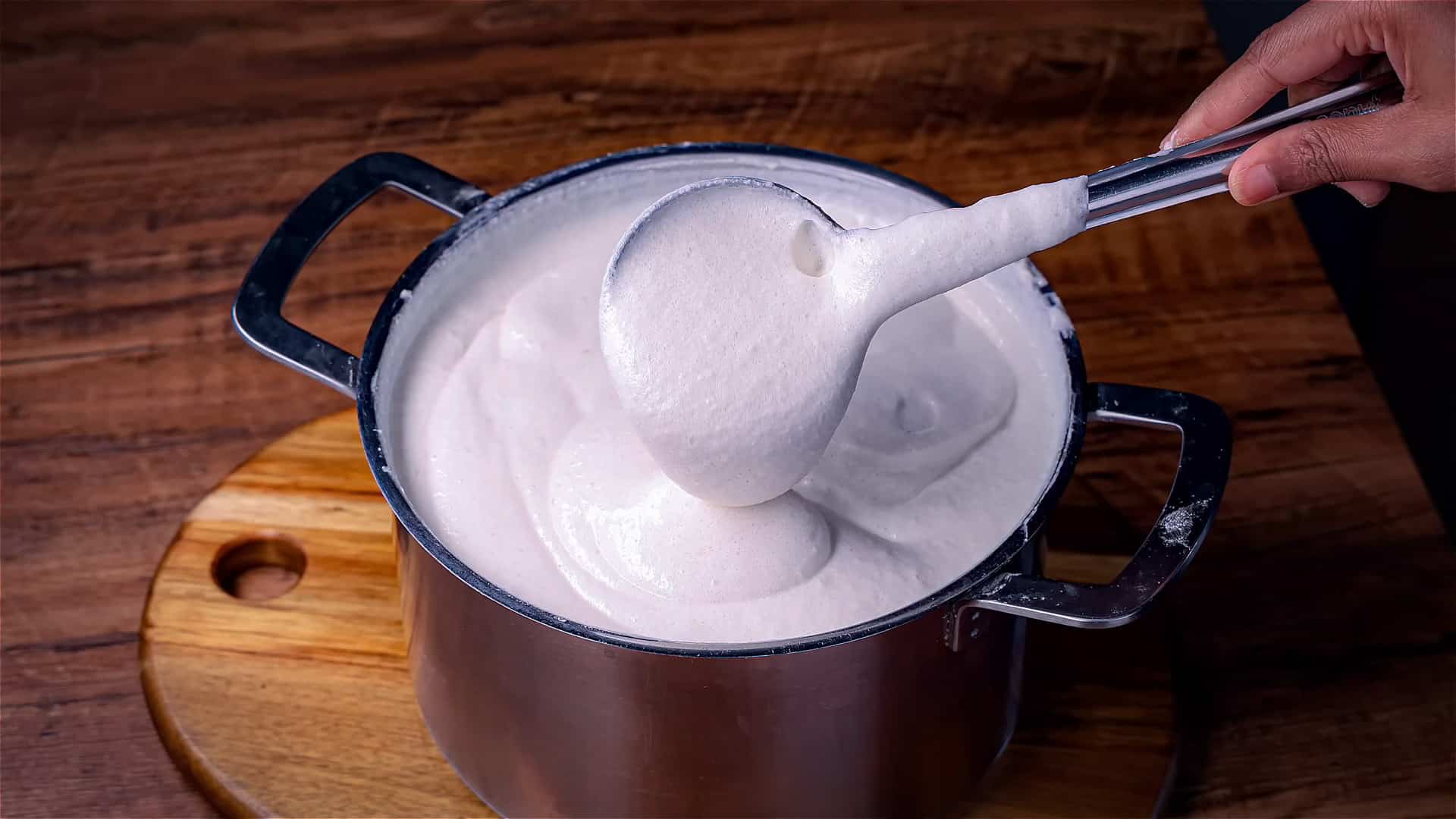
No, dosa batter does not inherently contain gluten. Traditional dosa batter is typically made from a combination of rice and lentils, which are both gluten-free ingredients.
However, it’s important to note that variations of dosa batter may exist, and some commercial or packaged mixes might include additional ingredients that introduce gluten. In such cases, the dosa batter would not be gluten-free.
To ensure that your dosa batter does not contain gluten, it is recommended to either make it from scratch using rice and lentils or carefully read the ingredient labels of store-bought mixes. By doing so, you can enjoy delicious dosas without worrying about gluten-related concerns.
What are the Ingredients in Dosa Batter?
You can look at the ingredients to understand why dosa batter is gluten-free. All the ingredients I’ve mentioned belong to the traditional batter, not fusions.
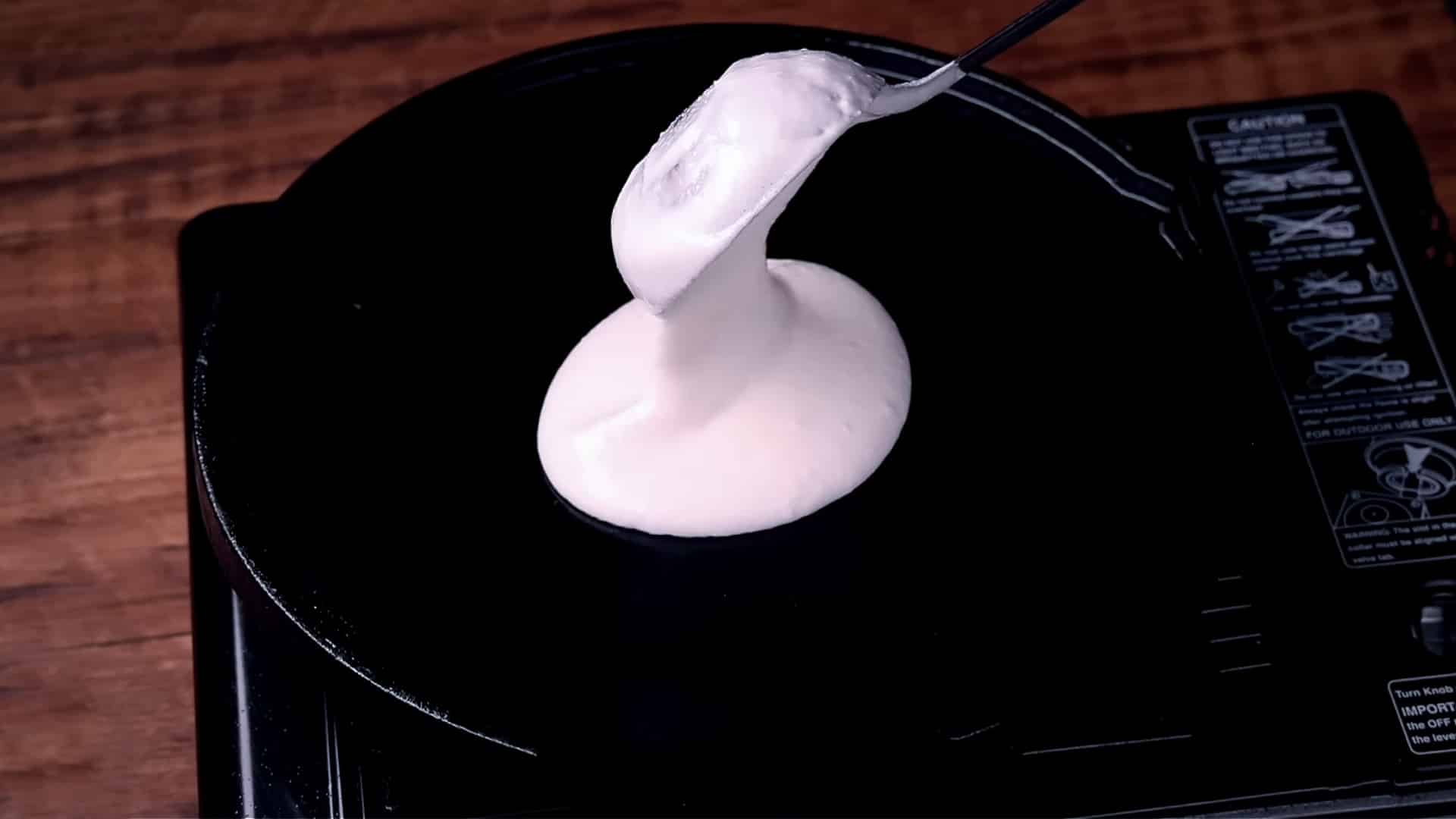
#1. Rice
It is the primary ingredient in dosa batter and can be of any variety, such as regular white or parboiled. Rice provides the bulk of the batter and contributes to the texture and taste of the dosas. (Looking to use glutunious rice flour? Know if it’s gluten free or not.”
#2. Lentils (Dal)
Various types of lentils are used in dosa batter, with urad dal (split black gram) being the most common. It adds a soft and fluffy texture to the dosas. Sometimes, a combination of different lentils, like urad dal and moong dal (split green gram), is used for flavor variation.
#3. Fenugreek Seeds
Also known as methi seeds, they are often added to dosa batter. They aid in fermentation and contribute to the overall flavor and texture of the dosas.
#4. Salt
A crucial ingredient that enhances the taste of the dosas. It balances the flavors and helps in the fermentation process.
All these ingredients are gluten-free, and you can have them on a celiac-friendly diet. However, if you keep these ingredients along with the flour or prepare the batter in used utensils, there is a chance of cross-contamination.
When Does Dosa Better Contain Gluten?
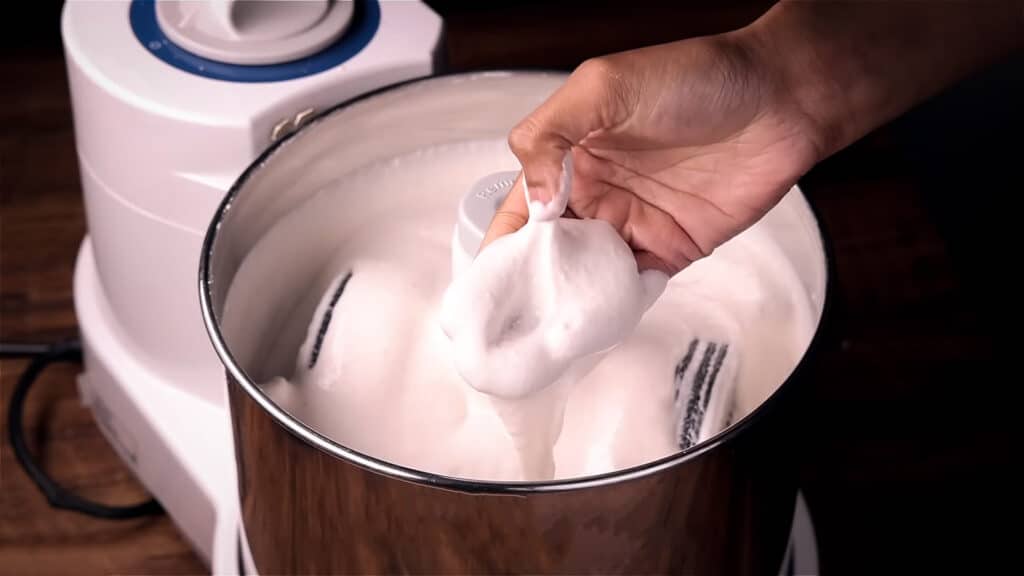
Dosa batter only contains gluten when additional ingredients are included. While the basic dosa batter made from rice and lentils is gluten free, there are certain instances when gluten might be present in it.
Here are a few scenarios:
1. Addition of Wheat or Wheat-Based Products
Some variations of dosa batter may include wheat or wheat-based products as part of the recipe. For example, certain commercial or packaged dosa mixes, such as rava dosa, may contain wheat flour or semolina (sooji/rava), which contain gluten.
It’s essential to carefully read the ingredient labels or inquire about the specific dosa mix to determine if it contains gluten.
2. Cross-Contamination
As mentioned before, cross-contamination can occur if the same utensils used for preparing gluten-containing items are utilized for dosa batter.
For instance, if the grinder or other cooking tools used for grinding or storing wheat-based products are not thoroughly cleaned, traces of gluten may end up in the dosa batter.
3. Restaurant or Street Food Preparations
When dining out, it’s crucial to ensure that the dosa batter used by restaurants or street food vendors is gluten-free. Some establishments may use a pre-mixed batter that contains gluten, or there may be cross-contamination in their cooking processes.
It’s advisable to communicate your gluten-free requirements to the staff and inquire about their ingredients and preparation methods.
To enjoy gluten-free dosa, you should either make your own batter using gluten-free ingredients or choose specifically labeled gluten-free dosa mixes available in stores.
By being mindful of the ingredients and preparation practices, you can enjoy delicious dosas without worrying about anything.
Is Dosa Batter Vegan and Dairy-free?

Yes, dosa batter is typically vegan and dairy-free. The basic ingredients used in dosa batter are all plant-based and do not contain any animal products. This makes dosa batter a suitable option for those following a vegan or dairy-free diet.
However, it’s important to note that some variations of dosa batter or instantly available dosa mixes may include additional ingredients that could potentially contain dairy or animal products.
Always check the ingredient labels or inquire about the specific product to ensure it aligns with your dietary preferences.
Amazing Gluten-Free Dosa Batter Recipes to Try at Home
If you are serious about your gluten-free diet and don’t want to take the risk with instant dosa batters, you can consider preparing it at home. Below I’ve listed a quick recipe to prepare gluten free dosa batter within minutes.
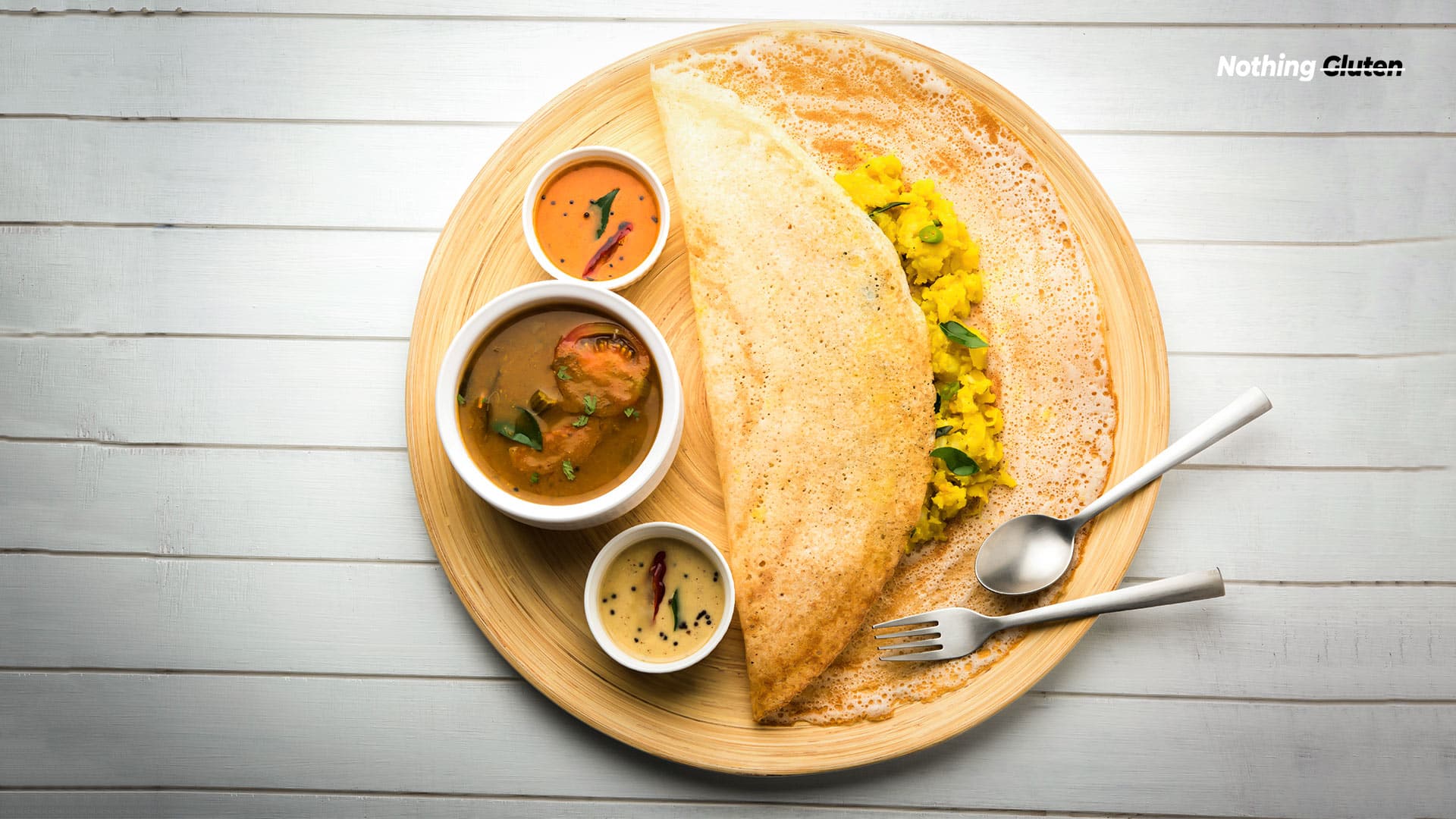
Rice and Urad Dal Dosa Batter
Ingredients:
- 1 cup raw rice (any variety)
- 1/2 cup urad dal (split black gram)
- 1/2 teaspoon fenugreek seeds
- Water (as needed)
- Salt to taste
Steps:
- Rinse the rice, urad dal, and fenugreek seeds separately in water.
- Soak the rice, urad dal, and fenugreek seeds in water for at least 4-6 hours or overnight.
- Drain the water and transfer the soaked rice, urad dal, and fenugreek seeds to a blender or wet grinder.
- Grind the mixture into a smooth batter, adding water gradually as needed. The batter should have a pourable consistency, similar to pancake batter.
- Transfer the batter to a large container and add salt. Mix well.
- Cover the container with a lid or plastic wrap and allow the batter to ferment in a warm place for 8-12 hours or overnight. Fermentation helps in developing the flavor and texture of the dosas.
- After fermentation, give the batter a gentle stir. Your gluten-free dosa batter is ready to use.
Note: Remember to adjust the consistency of the batter by adding water as needed, as different rice varieties and soaking times may require slightly different amounts of water.
Frequently Asked Questions
Q: Is Dosa Batter Healthy?
A: Yes, dosa batter is a healthy option as it is made from fermented rice and lentils, which provide essential nutrients like carbohydrates, proteins, and fiber.
Q: Will Dosa Batter Ferment Without Salt?
A: Yes, dosa batter can still ferment without salt, but it may not ferment as effectively. Salt helps to regulate the process by inhibiting the growth of certain bacteria that aid in the fermentation of the batter. It also adds flavor to the dosa batter.
Q: Does Indian Dosa Batter Contain Gluten?
A: Indian dosa batter typically does not contain gluten when prepared traditionally, as the main ingredients used are rice and lentils, which are naturally gluten-free. However, it’s essential to note that some variations of dosa batter or commercially available mixes may include additional ingredients that could introduce gluten.
Conclusion
Dosa is a healthy option that you can have for breakfast, lunch, and even as an evening snack. Whether you’re a fan of masala dosa or plain dosa, you can now enjoy what you love.
It’d be great to prepare the gluten free dosa batter at home to ensure there are no risks of gluten allergies. You can follow the recipes explained in this post to prepare the delicious and healthy batter.
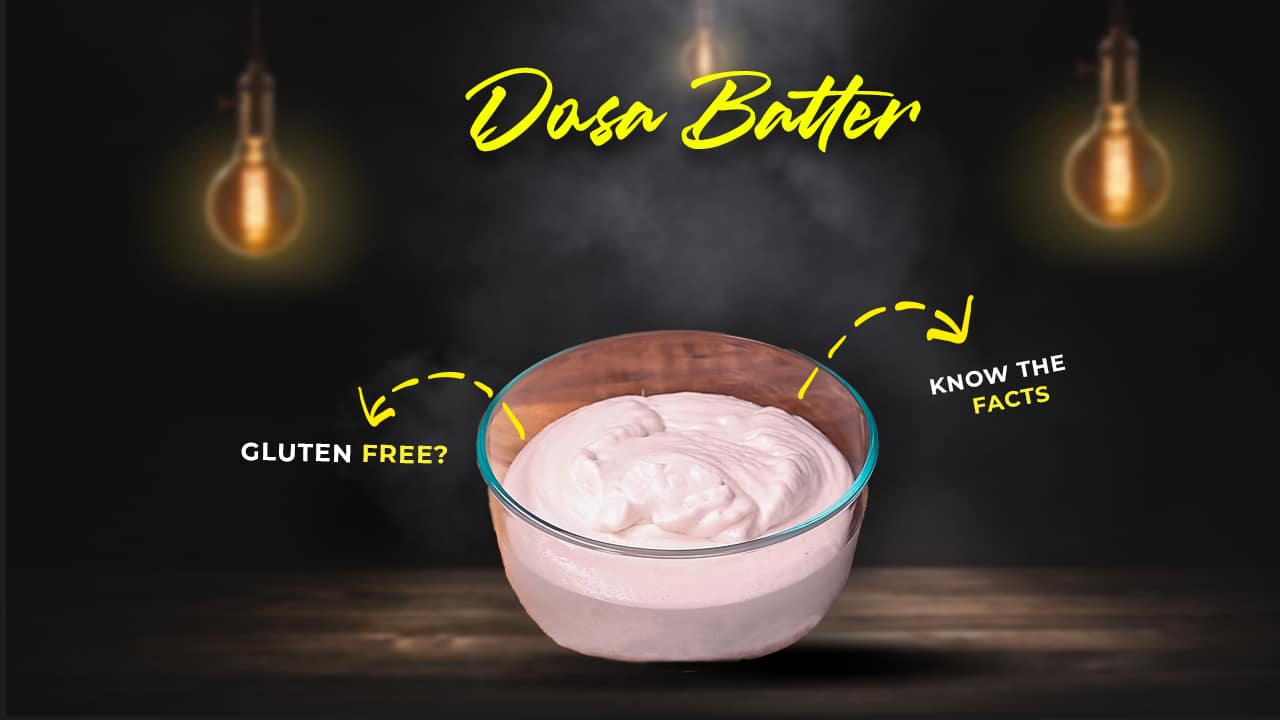
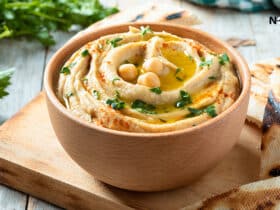
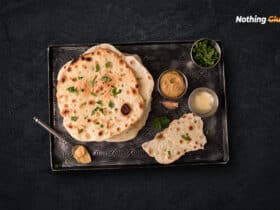
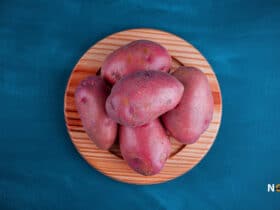
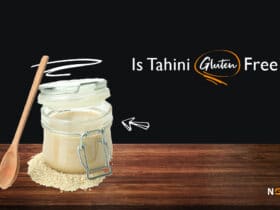
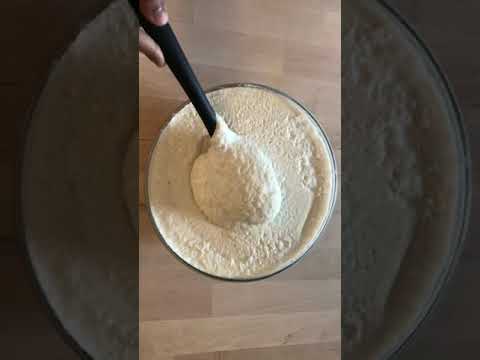


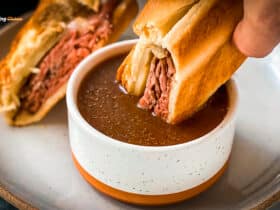
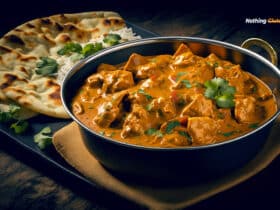

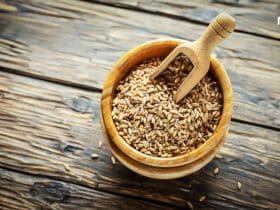


Leave a Reply
View Comments